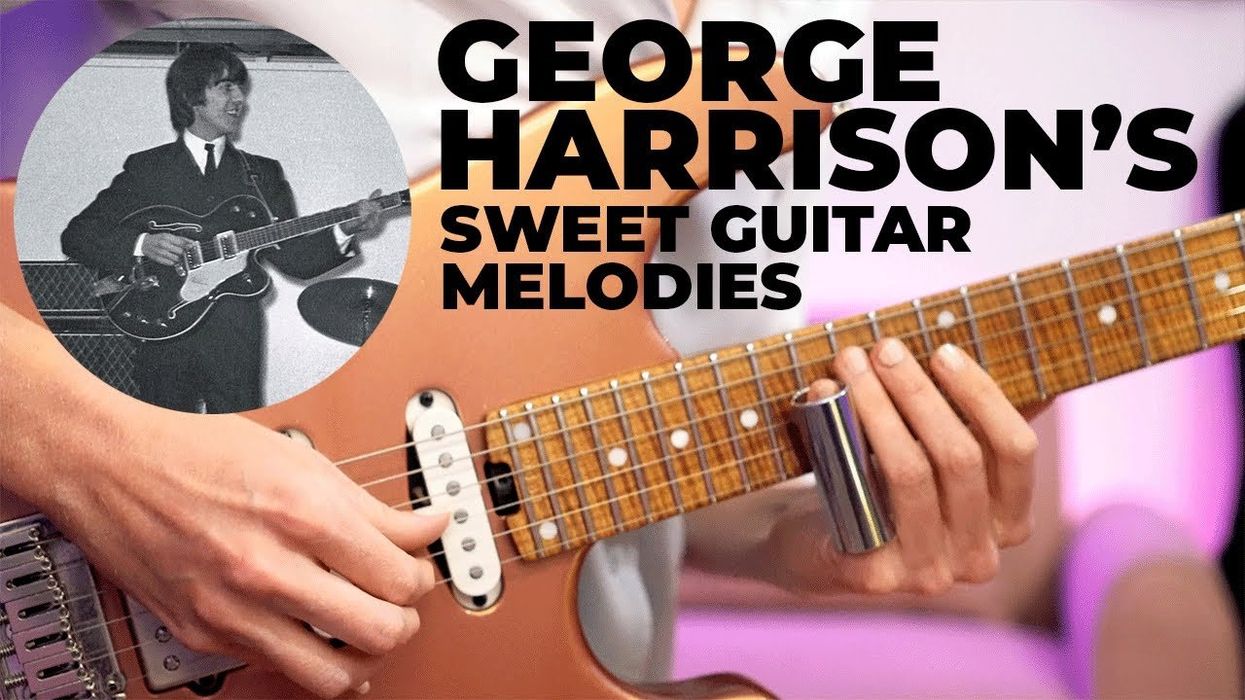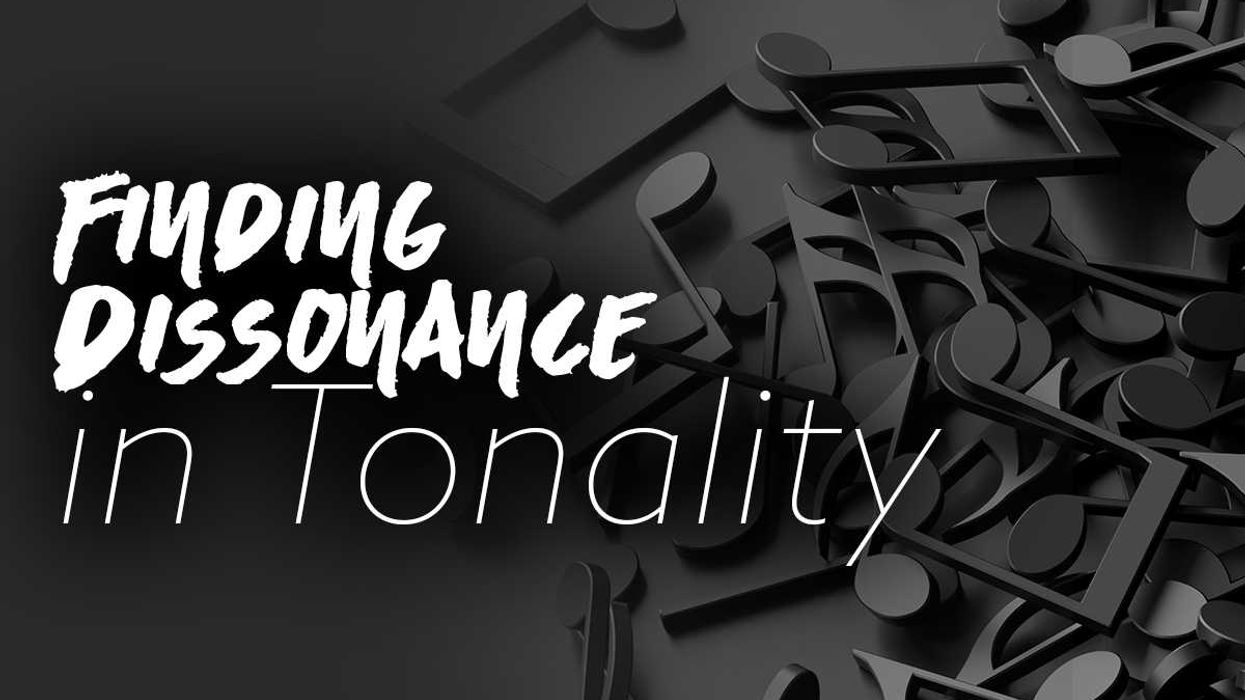I remember seeing John Petrucci’s Rock Discipline DVD when I was a teenager and his advice on practicing really stuck with me. Now, I don’t remember any of the specific exercises from that video, but his method for splitting up your allotted practice time was really interesting. According to John, he would divide his time up equally between areas like alternate picking, sweep picking, legato, and tapping. It’s a straightforward idea, and it obviously worked for him, but I want to propose a different approach. I’d like to try to change the way you might think about technique and your technique practice.
I have found that metal players set out to learn every technique on the instrument for its own sake. This leads to a path that equates these techniques to simply motor skills. But how about this: Think of them as unique and transformative sounds and phrasing tools. Speed is a phrasing tool, but nobody cares how you pick that fast passage if the emotion and feel are there.
Instead of practicing exercises for different techniques, choose a piece of music and try to play it in different ways. You could use alternate picking for the entire thing or take a more legato approach. Are there one-note-per-string elements in it that could be swept? Want to improve a certain technique because you like the sound of it? Then don’t do exercises that just apply that technique to ideas you already know. I’ve found you progress a lot faster, and your playing will sound more musical, if you approach technique this way.
Music is not meritocracy; it isn’t about who’s the fastest or cleanest. It’s about expression, and different techniques will allow you to express yourself in different ways on the instrument. Many great players have said in interviews they chose their “signature technique” because it came easy to them or because their musical journey forced them to play a certain way. Per Nilsson has said he favors legato because it came much easier to him than alternate picking. Andy Wood has impeccable alternate picking because he started out on mandolin playing fiddle tunes. Andy James has said in interviews that he barely ever sweeps because it feels unnatural to him and he’s not very good at it (although I have seen him do some pretty impressive sweeps). Let’s dive into a few examples and see how you can apply various techniques to each one to create different sounds, accents, and feels.
The first idea (Ex. 1) starts out with a fairly straightforward descending scalar lick taking ideas from early Whitesnake and Deep Purple solos. The whole idea has a C Dorian (C–D–Eb–F–G–A–Bb) sound. After the descending scalar idea, we go into an intervallic phrase that slides up the scale and playing the respective diatonic sixth of each note we ascend in the scale before ending the lick on a Cm7 (C–Eb–G–Bb) arpeggio idea.
The first example was played with mostly alternate picking. Personally, I prefer an alternate-picking approach for scalar ideas like this. It’s just easier to stay in the pocket for me. Ex. 2 is the same idea played with more hammer-ons and pull-offs, or legato. Pick once per string and let the left hand do the rest of the work. For the intervallic sixths I used hybrid picking.
Ex. 3 mixes different techniques to accent certain notes and create a more dynamic sound. This is probably how I’d play this idea most of the time unless I’m going for particularly aggressive picked sound.
The second idea has more of a fusion sound and starts out with a F#m7 arpeggio (F#–A–C#–E) idea with a few notes added in for color and to accommodate the pattern. After I ascend the arpeggio I go into a descending chromatic line before ending on a pentatonic idea sliding up the neck and ending on the b3 (A) of F#. I’d typically use this lick over an F# minor vamp. Ex. 4 Is how I’d play it using legato technique. It’s a mix of hammer-ons, pull-offs, and economy picking for the arpeggio and pretty straight forward legato for the chromatic and pentatonic ideas.
In Ex. 5 I economy pick the entire arpeggio idea and add a little hammer-on before descending the chromatic phrase. This way I can start the rest of the lick on a downstroke.
Strictly alternate picking this idea is quite a challenge but I’ve given it my best shot in Ex. 6. It’s rhythmically more in the pocket but it’s not as fluent for me as other techniques. It’s great practice for your right hand if you like the sound and want focus on alternate picking.
The last idea is based on Andy Timmons’ incredible song “Groove or Die” but in a different mode and key. It’s a descending sequenced D major arpeggio (D–F#–A) which goes into an ascending three-note-per-string D major scale (D–E–F#–G–A–B–C#) that can be looped. In Ex. 7 I strictly alternate pick the entire idea, which sounds rhythmically tight but limits my speed significantly.
You can hear how this sounds with sweep picking and legato in Ex. 8.
Ex. 9 is how I personally find it the most comfortable to play. A mix of alternate picking, slides, and pull-offs. You could also economy pick the ascending part but I find it easier to stay in the pocket with alternate picking for scalar ideas.
Feel free to mix and match different techniques to find what’s most comfortable and pay close attention to how it sounds. This will help you develop a healthier attitude towards technique and how to practice in order to improve it. Techniques are just tools to express phrases in different ways and shouldn’t be practiced solely for the sake of being able to do them. The music always comes first!

















